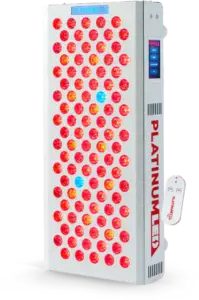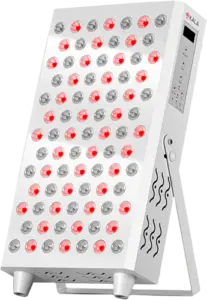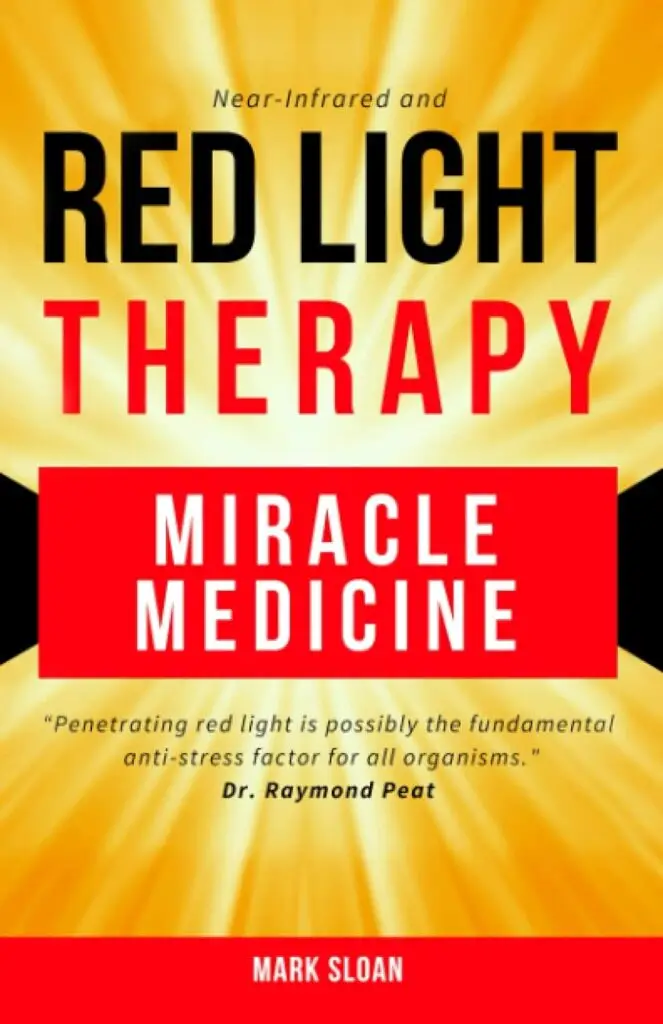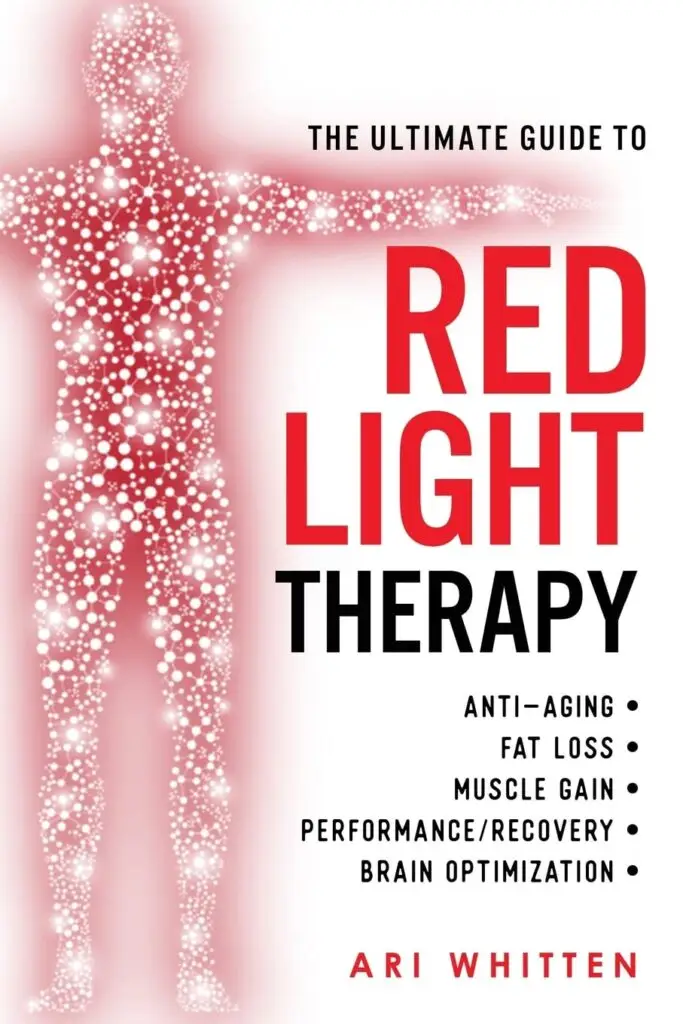Picture your cells as billions of tiny solar batteries. Just as plants transform sunlight into energy through photosynthesis, your cellular mitochondria — those microscopic power plants inherited from ancient bacteria — respond to specific wavelengths of red and near-infrared light. When these precise frequencies reach deep into your tissues, they trigger a cascade of biological processes that even the most skeptical scientists find remarkable.
Initially developed by NASA to study plant growth in space, scientists made a groundbreaking discovery: specific wavelengths of red and near-infrared light penetrate deep into human tissue, triggering a cascade of beneficial cellular responses. This revelation opened a new frontier in natural health optimization, offering a non-invasive way to enhance cellular function, energy, vitality and overall health.
The Science Behind the Benefits
At its core, red light therapy works through photobiomodulation – a process where light particles (photons) interact with mitochondria, the powerhouses of our cells. When specific wavelengths of red and near-infrared light (typically 630-850nm) reach these cellular components, they stimulate the production of ATP (adenosine triphosphate), the primary energy currency of cells. This boost in cellular energy enhances natural repair processes, reduces inflammation, and accelerates healing.
This cellular revival extends far beyond superficial effects. Your mitochondria respond by producing more energy, enabling enhanced repair and regeneration. Collagen-producing cells accelerate their output, strengthening skin, joints, and tissues. Blood vessels dilate, delivering more oxygen and nutrients to hungry tissues. Even your DNA repair mechanisms switch into higher gear, helping protect your genetic code from damage.
The implications for health optimization reach into every corner of human biology. Athletes discover faster recovery times and enhanced muscle repair. Skin cells accelerate their regenerative processes, reducing signs of aging. Brain cells function with improved efficiency, supporting cognitive performance. The effects compound over time, like compound interest in your biological bank account.
But perhaps most remarkable is how this therapy aligns with your body’s natural processes. Unlike many modern interventions that force changes through artificial means, red light therapy simply provides your cells with the specific wavelengths they’re designed to use. It’s like giving a plant exactly the light frequency it needs for optimal photosynthesis — you’re not forcing change, you’re supporting natural biological processes.
Modern research continues to uncover new applications, from enhanced wound healing to improved cellular metabolism and beyond. Each discovery reinforces a profound truth: our bodies maintain an deep relationship with light that, when properly understood and applied, can enhance our natural capacity for health and renewal.
The technology to harness these benefits has evolved from crazy expensive laboratory equipment to practical devices suitable for home use. Whether through professional systems or personal units, red light therapy offers a non-invasive way to speak directly to your cells in their own language of light.
The beauty of red light therapy lies in its simplicity and accessibility. Whether through professional devices or home units, this technology offers a practical way to enhance your body’s natural healing and regenerative capabilities. As research continues to unveil new applications, red light therapy stands as a testament to how modern biohacking can harness natural processes for optimal health.
It’s no coincidence that red light therapy has emerged as one of the most widely adopted biohacking practices worldwide. From professional athletes to longevity enthusiasts, people consistently report transformative results across multiple aspects of their biology. When you’re ready to unlock your body’s innate capacity for regeneration and optimization, red light therapy stands as a profound first step into the world of cellular enhancement.







